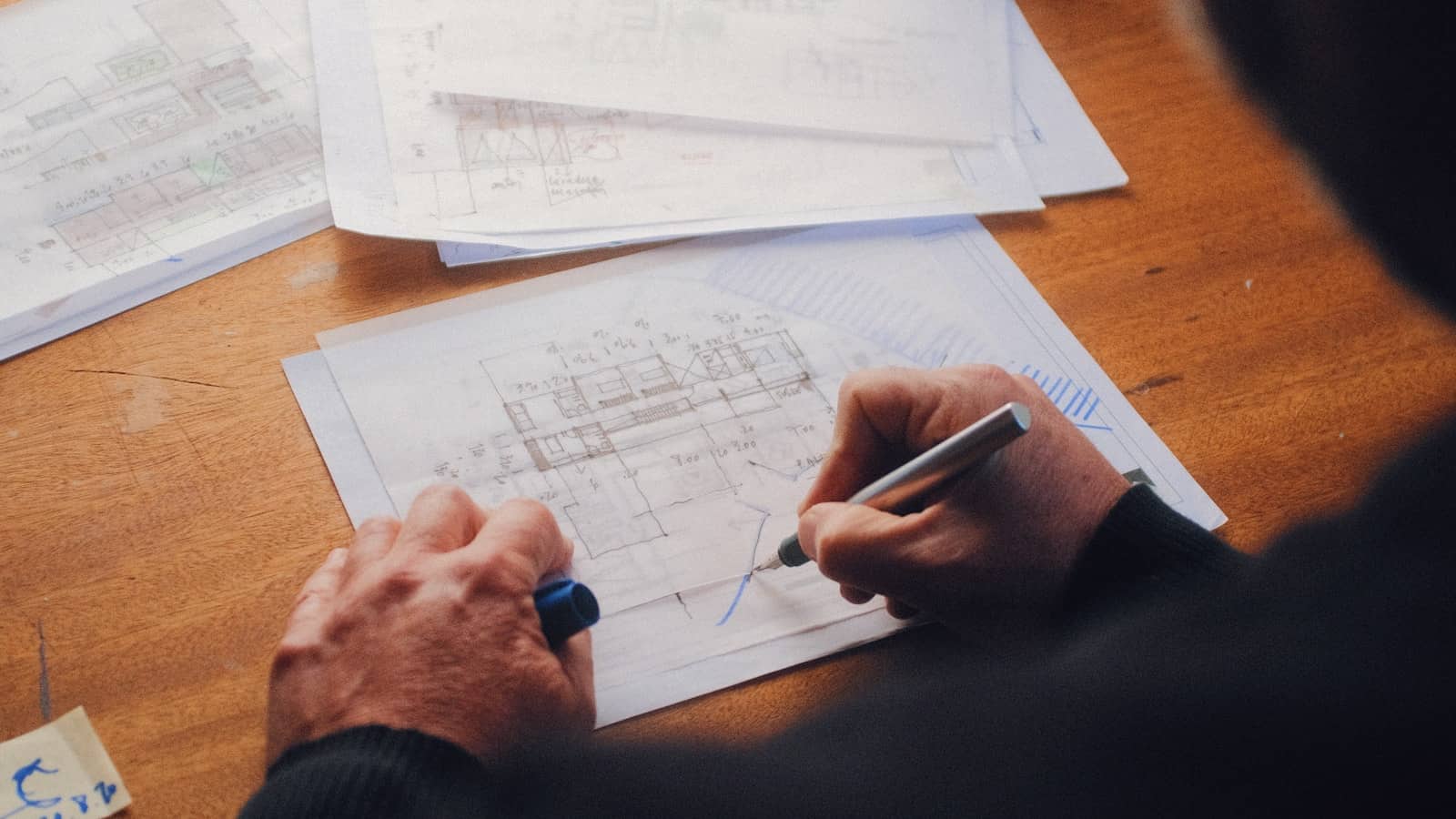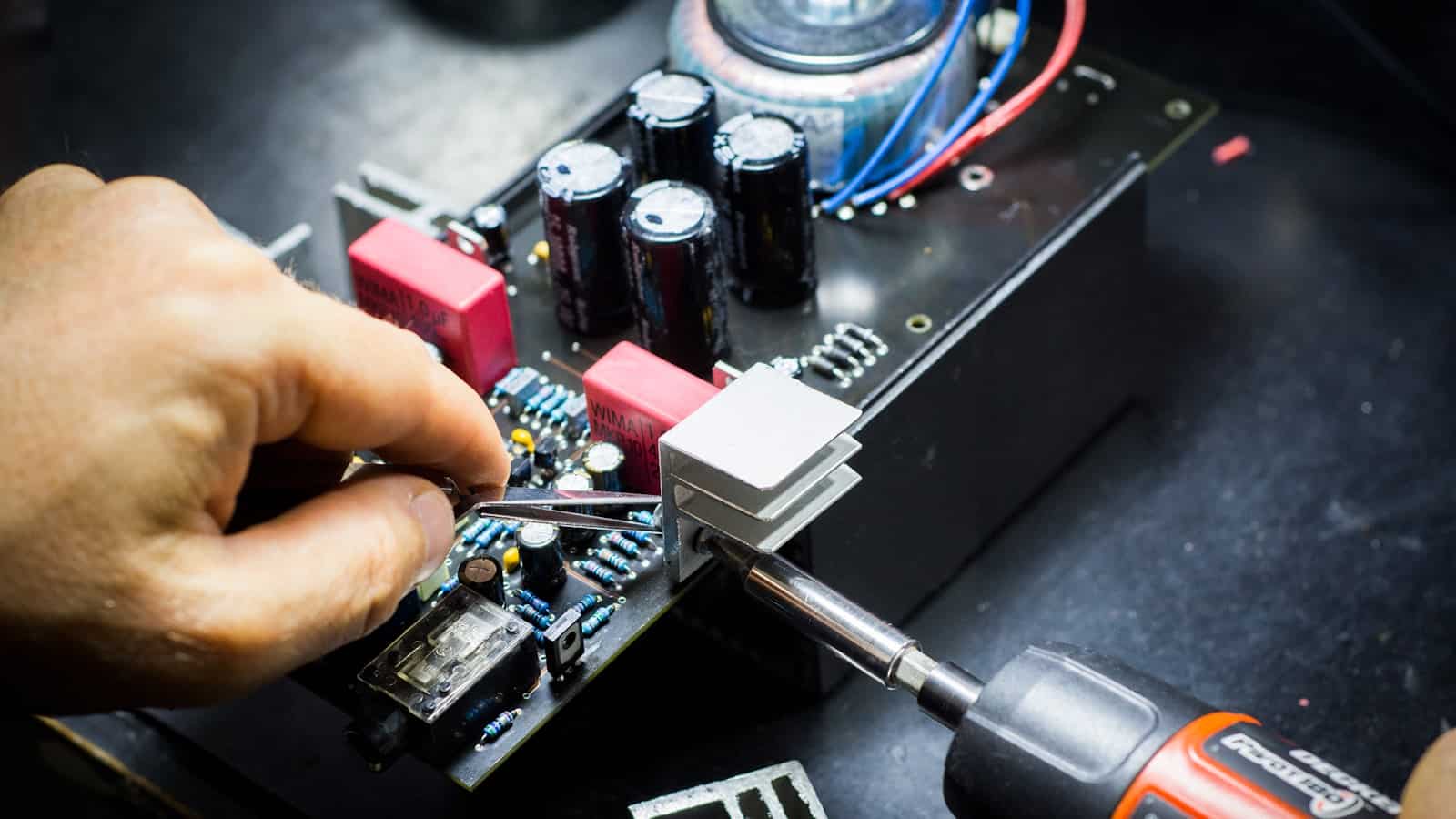
PCB Assembly Blog
-
best practices using reference designs
Posted by
–
 Read more: best practices using reference designs
Read more: best practices using reference designsIntroduction to Reference Designs Reference designs are pre-engineered, tested, and documented solutions that provide a starting point for designers and engineers to develop their own products. These designs often include schematics, PCB layouts, bill of materials (BOM), and software code. By utilizing reference designs, companies can significantly reduce development time, […]
-
best practices using dnidnp entries your pcb bom
Posted by
–
 Read more: best practices using dnidnp entries your pcb bom
Read more: best practices using dnidnp entries your pcb bomUnderstanding DNI/DNP Entries in PCB BOMs When creating a bill of materials (BOM) for a printed circuit board (PCB), it’s common to come across the terms “DNI” and “DNP.” These acronyms stand for “Do Not Install” and “Do Not Place,” respectively. DNI/DNP entries are used to indicate components that are […]
-
best practices hardware version control systems
Posted by
–
 Read more: best practices hardware version control systems
Read more: best practices hardware version control systemsWhat is Hardware Version Control? Hardware version control is the process of tracking and managing changes to hardware designs over time, similar to how software version control systems like Git track changes to code. A hardware version control system (VCS) allows hardware engineers to: Store design files in a centralized […]
-
best pcb design software
Posted by
–
 Read more: best pcb design software
Read more: best pcb design softwareIntroduction to PCB Design Software Printed Circuit Board (PCB) design software is an essential tool for electronics engineers and hobbyists alike. These software packages allow users to create, edit, and simulate PCB layouts, ensuring that the final product meets all the necessary specifications and functions as intended. With the increasing […]
-
best pcb antenna design software
Posted by
–
 Read more: best pcb antenna design software
Read more: best pcb antenna design softwareWhat is PCB Antenna Design Software? PCB antenna design software is a category of computer-aided design (CAD) tools that help engineers create, simulate, and optimize antennas for printed circuit boards (PCBs). These software packages typically include features such as: 2D and 3D modeling capabilities Electromagnetic (EM) simulation and analysis Optimization […]
-
 Read more: best multilayer pcb design tips circuit board layout
Read more: best multilayer pcb design tips circuit board layoutIntroduction to Multilayer PCB Design Multilayer PCB design is an essential aspect of modern electronics manufacturing. As technology advances and devices become more complex, the need for efficient and reliable circuit board layouts increases. Designing a multilayer PCB requires careful consideration of various factors, such as signal integrity, power distribution, […]
-
best methods calculations pad size pcb design
Posted by
–
 Read more: best methods calculations pad size pcb design
Read more: best methods calculations pad size pcb designIPC-7351 Land Pattern Standard One of the most widely used standards for PCB pad design is IPC-7351, a document published by IPC (Association Connecting Electronics Industries). IPC-7351 provides recommended land patterns and design guidelines for a variety of component types and package styles. The land pattern dimensions in IPC-7351 are […]
-
 Read more: best design practices double sided pcb soldering smd parts
Read more: best design practices double sided pcb soldering smd partsIntroduction to Double Sided PCB Soldering Double sided PCB soldering is a process of assembling electronic components on both sides of a printed circuit board (PCB). This technique is widely used in the electronics industry to create compact and efficient electronic devices. With the increasing demand for smaller and more […]
-
best dc laboratory bench power supplies 2024
Posted by
–
 Read more: best dc laboratory bench power supplies 2024
Read more: best dc laboratory bench power supplies 2024What are DC Laboratory Bench Power Supplies? DC laboratory bench power supplies are versatile instruments that provide adjustable and regulated DC voltage and current to power electronic circuits, devices, and equipment. These power supplies are designed to deliver stable and precise power output, making them ideal for testing, troubleshooting, and […]
-
best collaboration tools electronics engineers
Posted by
–
 Read more: best collaboration tools electronics engineers
Read more: best collaboration tools electronics engineersProject Management Tools Project management tools are crucial for keeping electronics engineering projects on track and ensuring that all team members are aligned on goals, timelines, and deliverables. Here are some of the top project management tools for electronics engineers: 1. Jira Jira is a popular project management tool used […]




